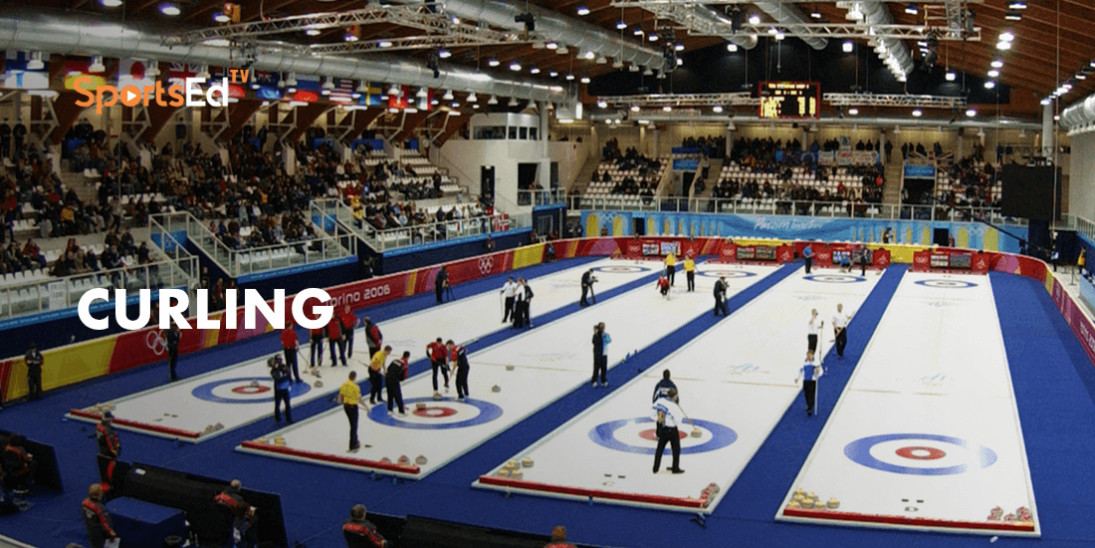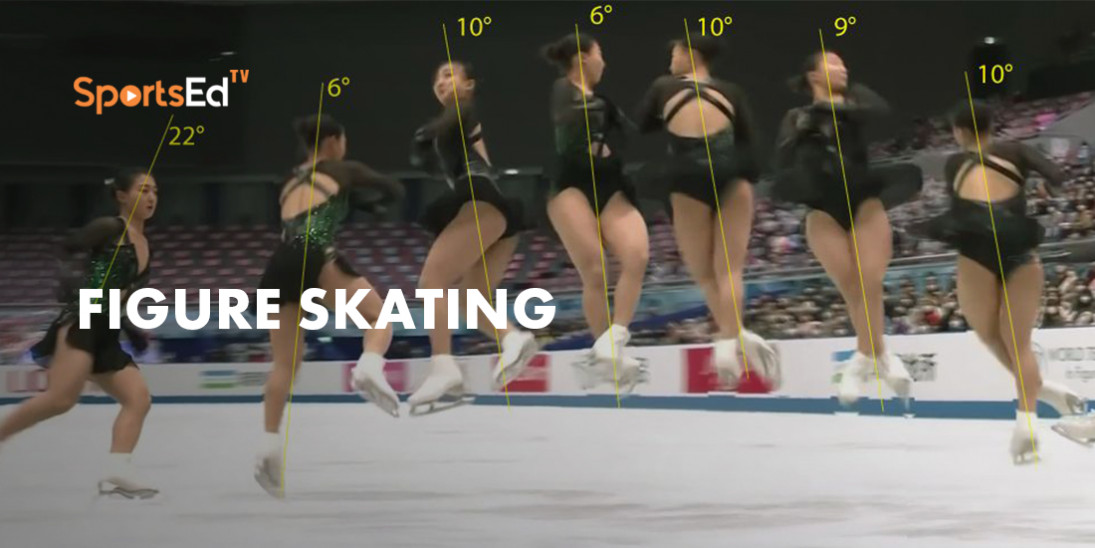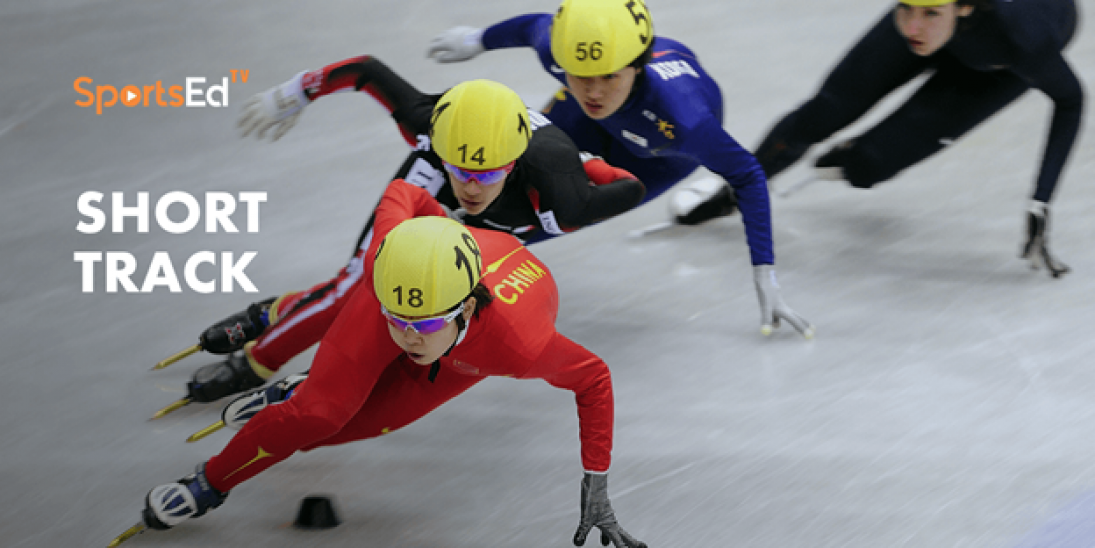Winter Sports
Welcome and thanks for visiting...

Basics of Bobsled Competition
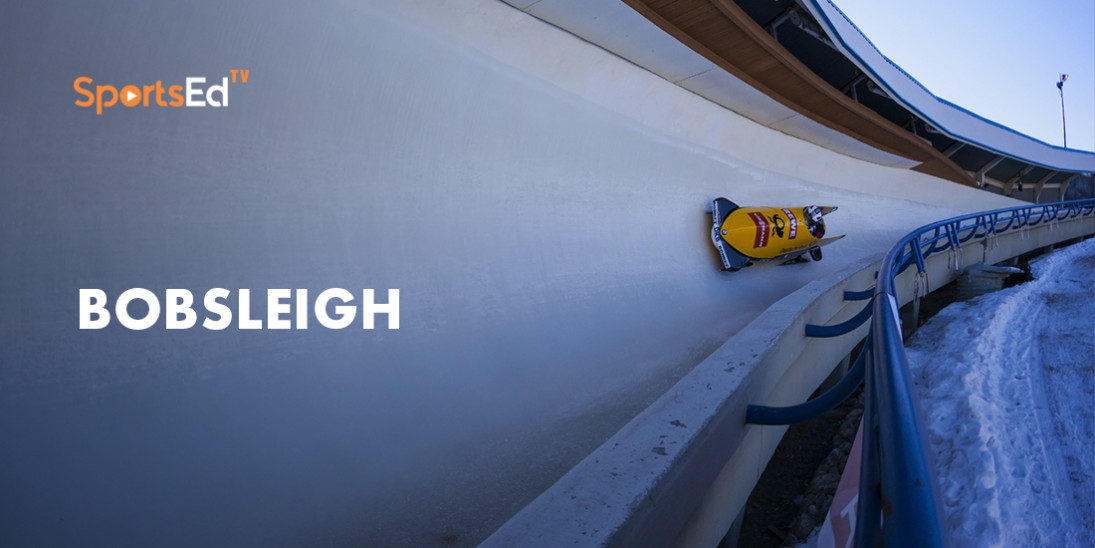
The average speed of a bobsleigh during competition is between 90 and 100 kilometers per hour, but they can reach top speeds of up to 160 kilometers per hour. Tracks vary from 1200 meters to 650 meters in length, with an average gradient of between eight and 15 degrees.
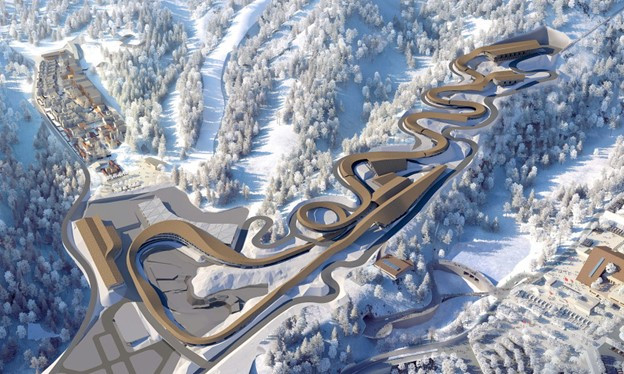
Yanqing National Sliding Center
A track has straight sections and bends of up to 360 degrees. Bends are blank and can be up to six meters high, with athletes experiencing four times the force of gravity. A labyrinth is a portion of the track that usually consists of a three-turn combination.
Bobsled events are four man, two man, two woman and new for Beijing 2022, women's monobob. In the two-person events, there is a pilot and a brakeman and a pilot, two crewmen and a brakeman in the four-man event.
A good start is crucial in bobsleigh, as this is the only time athletes can apply outside force to the sled. In the two and four-person events, athletes start by having to move a sled, which weighs between 170 and 210 kilograms.
Using special sprint shoes with sharp steel spikes on the soles to help with traction, they work together to coordinate the push. They have 50 meters to push the sled as fast as possible, often reaching speeds of up to 40 kilometers per hour.
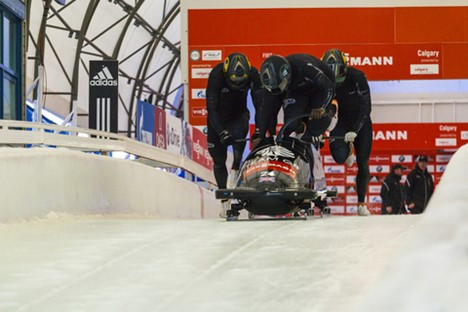
The geometry of each bend or turn is different and requires a unique approach. Before each race, the pilot and team will take part in training runs. During this time, they will analyze the track and decide on the best race plan. The challenge for the pilot is keeping the sled on a tight line, which is the most efficient route to prevent the sled from drifting too high up a banking, causing a loss in speed.
Women's monobob puts a single athlete in the role of pilot and is the only event where every athlete is given the same sled to ensure there is no unfair advantage. Each sled measures 2.3 meters and weighs no more than 247 kilograms, with the athlete inside. The reduced weight of not having a brake person in the bag means the monobob athlete needs near perfection in their run to make it down the track quickly.
In-Depth Bobsled Info Courtesy of NBC Olympics

